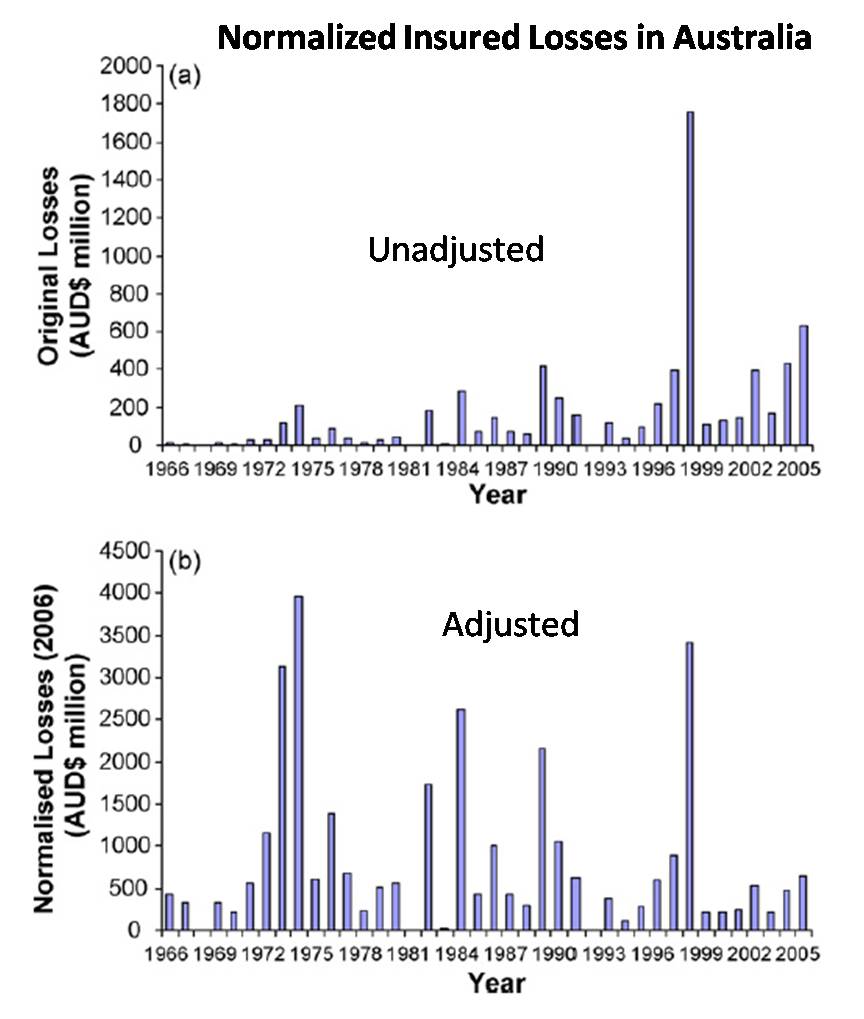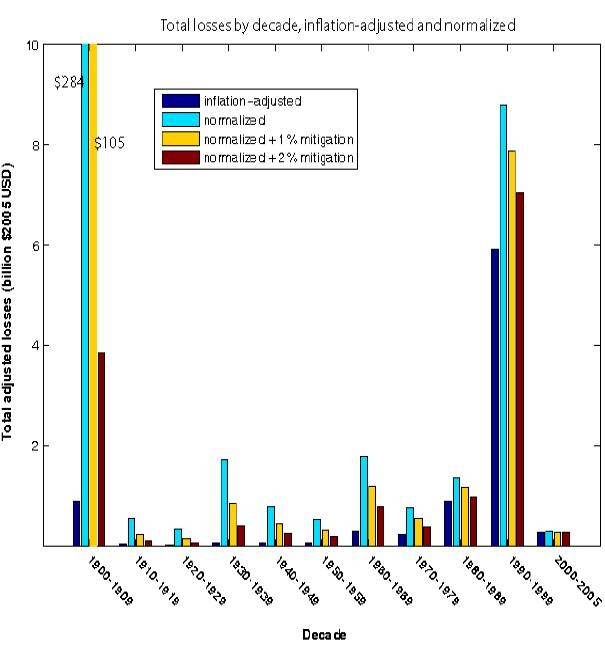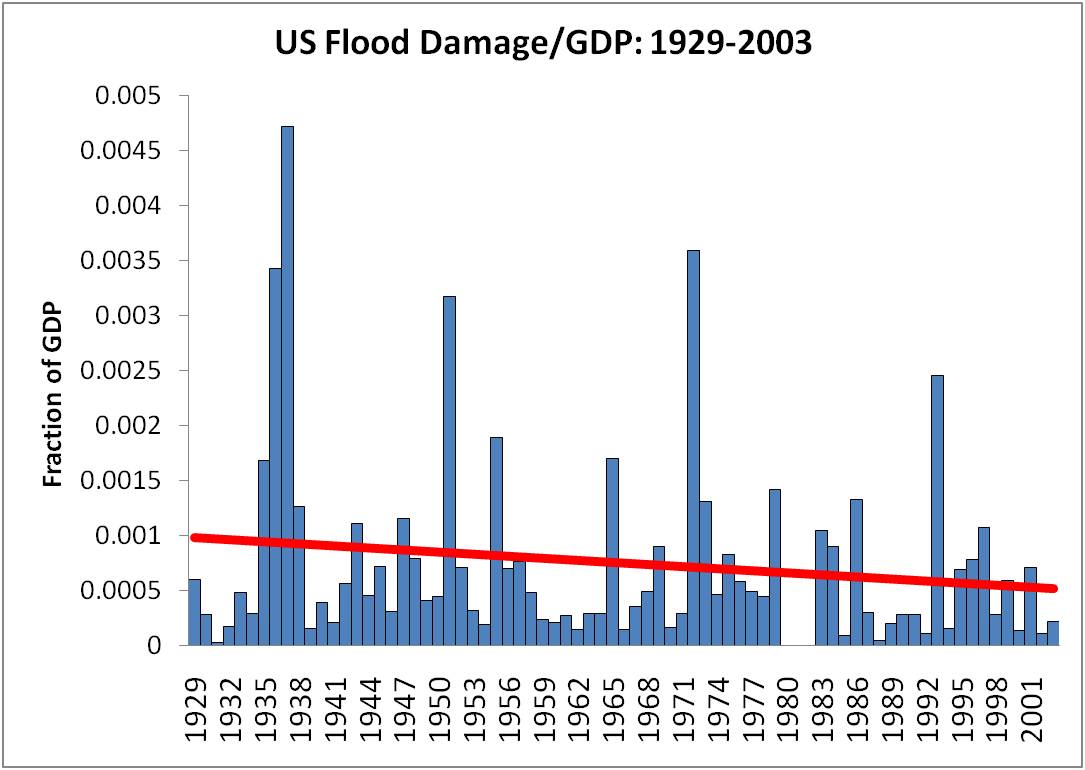Tone Deaf Damage Control
August 9th, 2008Posted by: Roger Pielke, Jr.
I find this hard to believe. As readers of this blog know, earlier this week NCAR administrator Eric Barron made the difficult decision to cut the organization’s Center for Capacity Building, which is focused on helping developing countries adapt to climate. The decision prompted a flurry of compaints and international media coverage.
I was thus surprised to see the email copied below (which was sent to a bunch of people) from Eric and UCAR Vice President Jack Fellows:
From: “Jack Fellows”
Date: August 5, 2008 7:36:07 PM EDT
To: Bierbaum Rosina , peter backlund , Kelly Redmond , kelly redmond , Brad Udall , david yates , Jonathan Overpeck , kathy hibbard , linda mearns , mary hayden , lawrence buja , tom warner , kathleen miller , philip mote , caitlin simpson , Chester J Koblinsky , lisa goddard , Nolan Doesken , Alan Robock , Mark Abbott , “Mark Z. Jacobson” , dan vimont , Anthony Janetos , greg carbone , “Rudnicki Mark” , Keith Talbert Ingram , brian oneill , Paty Romero Lankao , Liz Moyer , david battisti , urc
Cc: eric barron
Subject: 2008 AGU Fall Session on Climate AdaptationEric Barron and I are putting together the AGU session described below. If you have put one of these AGU sessions together, you know that I can’t promise you that it will be an oral session or the day/time it will happen, and you are restricted to no more than 3 first author abstracts for the Fall AGU mtg. That said, we’d love to have you participate in this session. Let me know if you are interested by _17 August _so I can meet an 18 Aug AGU deadline. If you can’t participate but know of a great person, please forward this email on to them. Thanks. This is a large email list, so pls just respond to my email address. Jack
Description: PA03: How Can the Science Community Help Local and Regional Decision Makers Who are Exploring or Implementing Adaptation Options to Climate Change? All weather is local! The same will be true regarding adapting to climate change. This session will examine how local universities and decision makers are working together to adapt to anticipated climate change impacts and explore how these independent activities might be networked together into a “national adaptation network or model”. NOTE: we are primarily interested in people who have really interesting policy research or a project that is partnering with local and regional decision makers to deal with climate adaptation, mitigation, or even geoengineering.
Note that the time stamp of the email is after the brouhaha started about the decision to cut CCB. This appears to be an exercise in damage control — “We really care about adaptation, no really, we do. Look we sponsored a session at AGU!” — since neither Barron or Fellows have even done any work in adaptation (and to my knowledge Fellows is an administrator, not at all a researcher).
Let me try my hand at answering the question that they pose:
How Can the Science Community Help Local and Regional Decision Makers Who are Exploring or Implementing Adaptation Options to Climate Change? . . . This session will examine how local universities and decision makers are working together to adapt to anticipated climate change impacts and explore how these independent activities might be networked together into a “national adaptation network or model”.
First thing, don’t cut a program with a 34-year track record of success in doing exactly this. Are these guys serious that they now want to discuss how to recreate the functions of the NCAR CCB at an AGU session? Seriously?
I’d love to give NCAR/UCAR management the benefit of the doubt and believe that they have a rigorous method for setting priorities and making cuts. But not only is this sort of tone deaf damage control/spin insulting to the actual adaptation research community, but a sign that NCAR/UCAR may have a management problem rather than a budget problem.


